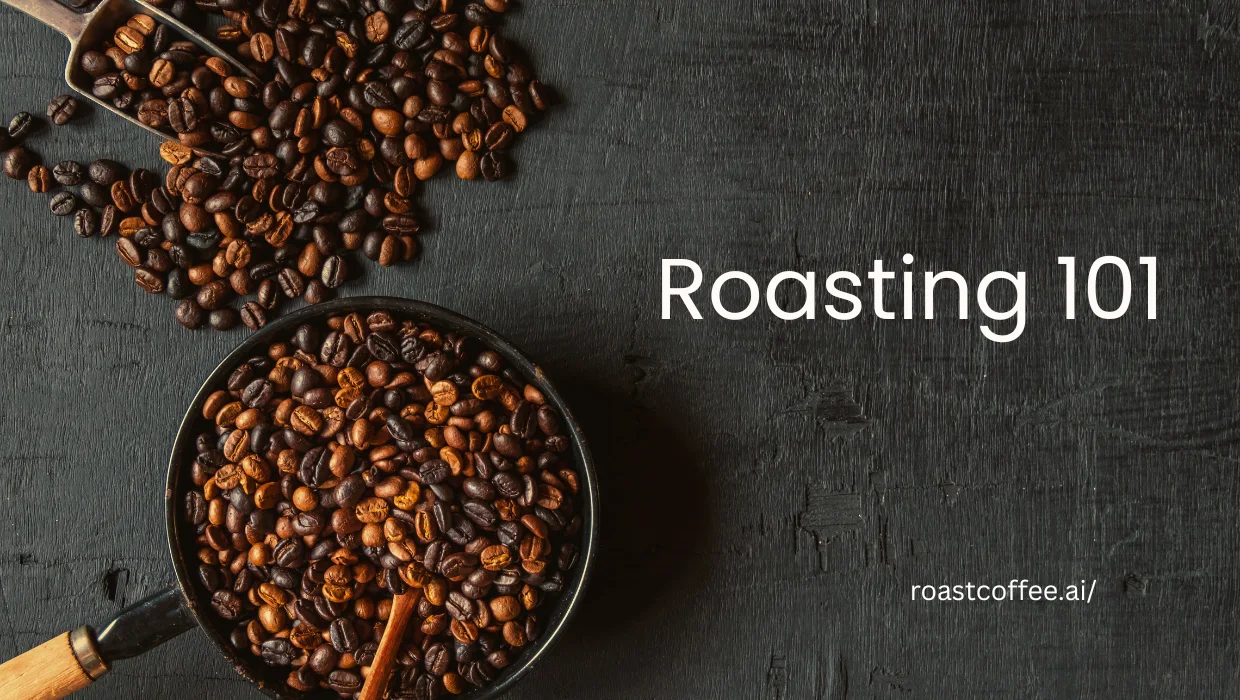Know Your Coffee Green Beans: Mexico Chiapas & Oaxaca
Welcome back to the heart of coffee! In this post, we’re diving into a Central American classic: Mexico Chiapas and Oaxaca. These regions are cornerstones of specialty coffee, celebrated for their unique terroir and a widespread commitment to sustainable, often organic, farming. Chiapas and Oaxaca coffees are the epitome of a light-bodied, nutty, and approachable cup, showcasing a delightful blend of chocolate and almond notes that are both comforting and satisfying.
🌍 Where It Is Grown
Chiapas and Oaxaca are two prominent coffee-producing states in Southern Mexico. The coffee from these regions is often graded as Altura, meaning “high grown,” a testament to the high altitudes at which these exceptional beans are cultivated. The coffee is grown by a network of smallholder farmers, many of whom are part of cooperatives dedicated to organic and fair-trade practices.
- Varietals & Growing Conditions: The primary varietals are Arabica varieties like Typica, Bourbon, Caturra, and some newer, disease-resistant strains.
- Soil: The regions are characterized by fertile, volcanic soils, which provide excellent nutrients for the coffee plants.
- Microclimate: The tropical climate, high altitudes, and misty conditions create ideal conditions for coffee cultivation. The beans mature slowly, allowing for a development of complex sugars.
- Altitude: 1,200 to 1,700 meters. The high altitude results in a slower maturation of the coffee cherries, leading to denser beans with more complex flavors. These beans are often graded as Strictly High Grown (SHG).
- Sustainability: Chiapas and Oaxaca are leaders in organic and sustainable coffee farming. Cooperatives play a key role in promoting organic production, fair trade, and community development.
☕ What It Tastes Like
- Mexican Chiapas and Oaxaca are famous for their light body and smooth flavor profile. They are a coffee that offers a consistently pleasant and approachable experience.
- Expect a clean, balanced, and smooth cup with a light to medium body.
- The acidity is typically mild and pleasant, often described as a soft, citrus-like acidity, which complements the coffee’s sweetness rather than overpowering it.
- The body is light, providing a clean and crisp mouthfeel.
- Common notes include toasted nuts (almond, pecan), milk chocolate, and subtle hints of honey or citrus. The finish is clean and sweet.
💰 Market / Price Insights
- Pricing: As a high-quality, often certified organic and fair-trade specialty coffee, Mexico Chiapas and Oaxaca command a solid price on the market. The certifications and the reputation of their cooperatives add value and appeal for roasters and consumers who prioritize ethical and sustainable sourcing.
- Sustainability Efforts: The Mexican coffee industry, particularly in Chiapas and Oaxaca, is known for its strong commitment to sustainability. Cooperatives have been instrumental in promoting organic farming methods, improving farmers’ livelihoods, and funding social projects within their communities.
💧 Processing Method
The most common and traditional method for Mexico Chiapas and Oaxaca is the washed (or wet) process, which is a key factor in its clean, nutty, and balanced flavor profile.
- Washed Process: After being hand-picked, the ripe coffee cherries have their outer skin and pulp removed. The beans are then fermented in water to remove the sticky mucilage. This process is carefully monitored to ensure a clean, consistent flavor. The beans are then washed and dried, often on patios or in solar dryers.
- Flavor Differences: The washed process enhances the natural characteristics of the bean, giving it a cleaner finish and a more defined flavor profile. This method is the standard for showcasing the classic Chiapas and Oaxaca profile.
🔥 How to Roast It
Roasting Mexican Chiapas and Oaxaca is a satisfying experience due to its uniform density and forgiving nature. It is an excellent bean for beginners to practice with.
- For Beginners: A medium roast is the ideal starting point. This roast level will develop the coffee’s prominent chocolate and nutty notes while preserving a balanced sweetness and mild acidity. Pay attention during the first crack, as the beans will develop color evenly.
- For Advanced Roasters: You can push the roast to a medium-dark (Full City) to develop a richer, more robust chocolate flavor, or keep it on the lighter side to highlight its subtle honey and nutty notes. Its consistency makes it easy to achieve a predictable and repeatable roast profile.
💡 Post Roasting Requirement
Allow the roasted beans to rest for at least 3-5 days. This degassing period is crucial for the coffee’s flavor to fully develop and for its distinctive balance to settle into a rich, cohesive cup.
Store the beans in a cool, dark place in an airtight container to maintain freshness.
😋 Flavor Profile / Tasting Notes
- Cupping Descriptors: When cupping a washed Mexican coffee from Chiapas or Oaxaca, expect a clean aroma of chocolate and nuts. The taste profile is a classic mix of milk chocolate, toasted nuts (almond, pecan), and a mild, pleasant acidity. The finish is long, clean, and satisfying.
- Comparisons: Its light-bodied and pleasant flavor make it a great everyday drinker. It’s often compared to a classic, comforting cup of coffee that is consistently reliable and delicious.
☕ Brewing Recommendations
To get the most out of Mexico Chiapas and Oaxaca’s smooth and balanced flavor, choose brew methods that highlight its light body and approachable notes.
- Drip Coffee Maker: The perfect method for a consistently delicious and easy-to-make cup.
- Pour-Over (V60, Chemex): These methods can be used to highlight the coffee’s brightness and nuanced nutty and chocolatey profile.
- French Press: A French Press will accentuate the coffee’s body and rich, comforting flavors, providing a satisfying and robust cup.
A Legacy of Organic Innovation
While Mexico may not have a single famous legend like Kaldi, the story of coffee in Chiapas and Oaxaca is a testament to the power of community and a commitment to sustainability. The widespread adoption of organic and fair-trade practices by smallholder farmers has solidified the region’s reputation for quality and ethical sourcing.
The cooperatives in these regions have been a driving force behind this success. They work to not only improve farming practices but also to build stronger communities through education and social projects.
So, while not as famously named as some other regions, the story of Mexican Chiapas and Oaxaca is one of dedication, consistent quality, and a commitment to producing one of the world’s most beloved and ethically sourced coffees.
❓ FAQs
Q: Why is Mexican coffee often organic?
A: Many farmers in Chiapas and Oaxaca have transitioned to organic farming practices to protect their land and their communities, which also adds a certification that appeals to consumers.
Q: Is Mexican Chiapas/Oaxaca coffee acidic?
A: It has a mild and balanced acidity that is pleasant and not overpowering, which makes it a very approachable coffee.
Q: Where can I buy green Mexican Chiapas/Oaxaca beans?
A: Reputable green coffee suppliers like Sweet Marias, Cafe Imports, and Genuine Origin often carry high-quality Mexican coffee from these regions.
So, go ahead and explore this exquisite coffee. Its reliable flavors and consistent quality are a testament to the dedication of Mexican coffee farmers.
Until the next sip, keep exploring the world of coffee. Explore our roasting tips, or read about another gem in our “Know Your Coffee Green Beans” series!


